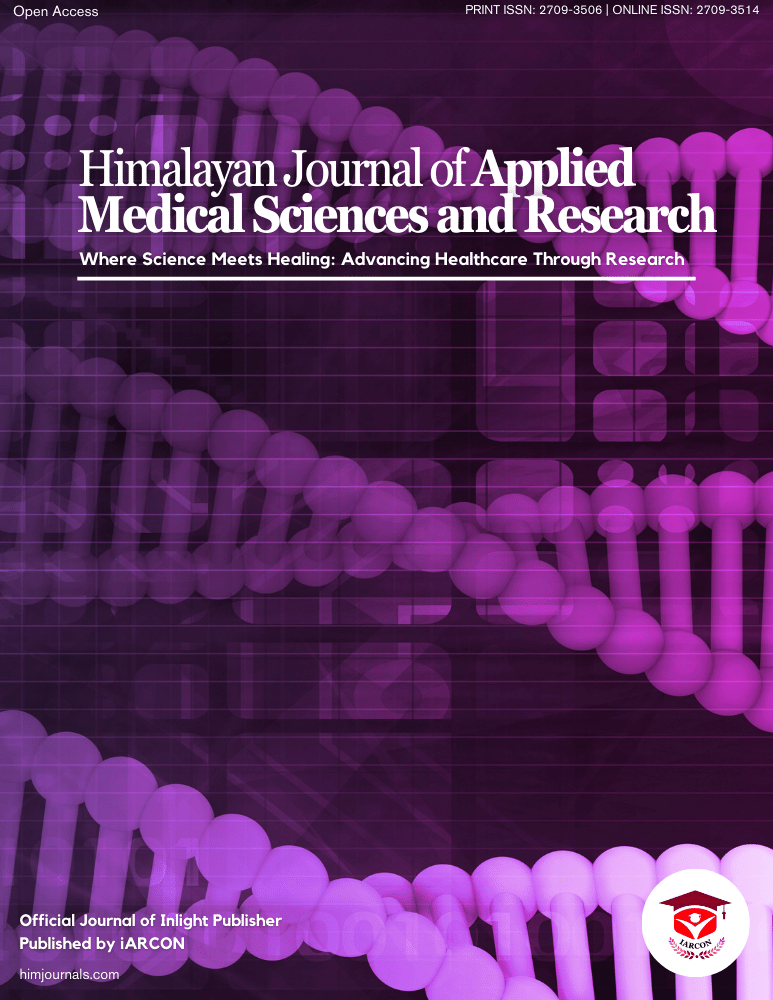The present study, an open cohort, prospective study, was conducted in patients with fractures of the neck of femur (age 60 years and above) presenting to the Department of Orthopaedics, Dr. R. P. G. M. C., Kangra at Tanda and undergoing surgical intervention.
All cases presenting to the department and fulfilling the criteria were studied for a period of one year starting from the date of start of the study. In the first six months all patients fulfilling the inclusion criteria were recruited and followed up for the next six months. The last patient was recruited 6 months from the day of start of study.
The study was initiated following approval from the Institutional Ethics Committee. The patients were given the right to abstain from participation in the study or to withdraw at any time of the study without reprisal.
❖ Inclusion Criteria:
⮚ Patients of age ≥60 yrs with fracture neck of femur undergoing surgical intervention.
⮚ Those giving consent for inclusion in the study.
❖ Exclusion Criteria:
⮚ Concomitant trauma involving other systems
⮚ Associated fracture of the pelvis
⮚ Bilateral hip fracture
⮚ Pathological fracture
⮚ Who do not give consent
❖ Evaluation and Classification:
For classification of co-morbidities in the study population, the American Society of Anaesthesiologist (ASA) score was used. For assessment of general conditions on the day of admission, TCCS was used. It is important in demonstrating the general condition of the patient on the day of admission after sustaining a hip fracture. Using the CCI, three scores were calculated—the Total Charlson Co-morbidity Score (TCCS) is the sum of all co- morbidities combined with the score derived from the patient’s age; the Highest Charlson Co-morbidity Score (HCCS) is the highest single co-morbidity score of a patient; and the Charlson Co-morbidity Score (CCS) is the sum of all co-morbidity scores without consideration of age. All these scores were used to analyze and correlate with different mortality rates.
Nottingham Hip Fracture Score (NFHS) was used to predict 30-days mortality after hip fracture surgery. Bone Mineral Density was evaluated using Singh's Index. The Singh index is commonly used to assess osteoporosis and is based on the radiological appearance of the trabecular bone structure of the proximal femur on a plain antero-posterior radiograph.
❖ Study Procedure:
After a detailed history, patients were clinically evaluated at the time of admission and details on socio-demographic data of the patients such as age, sex, socio- economic status were recorded according to the Udai Pareek or Kuppuswamy scale for patients from rural or urban areas respectively.
All data regarding pre-existing co-morbidities, type of fracture, degree of osteoporosis and type of surgical procedure, hospital stay and perioperative mortality and condition of patient at the time of admission and discharge were collected using the following indices.
After surgery, patients were discharged on the fourth day if the clinical conditions permitted. The telephone number of the investigator was written on the discharge card. The patients were followed up in Orthopedics OPD on the 15th postoperative day for sutures removal and further on 3rd month and 6th month postoperative day for assessment of outcome using defined indices as annexure number 4, 5, 6, 7 and 8.
The patient or their attendant were also contacted on phone by the investigator regarding the welfare of the patient every 15th day.
At the time of discharge the attendant was requested to inform the well- being of the patient to the investigator on the telephone mentioned on discharge card.
All patients reported as dead during the period of study were evaluated using the verbal autopsy performance. The queries enquired by the investigator investigated the attributable factors for mortality such as death, major cardiac or pulmonary complications, deep vein thrombosis, urinary tract complications, blood loss, surgical wound complications etc.
❖ Statistical Analysis:
The data were presented as frequency, percentages or mean±SD whereas applicable. Student t-test was used to compare continuous variables between 2 groups. Chi-square test was used to compare categorical variables. P value <0.05 was considered significant. Statistical analysis was performed using Epi Info version 3.4.3.


